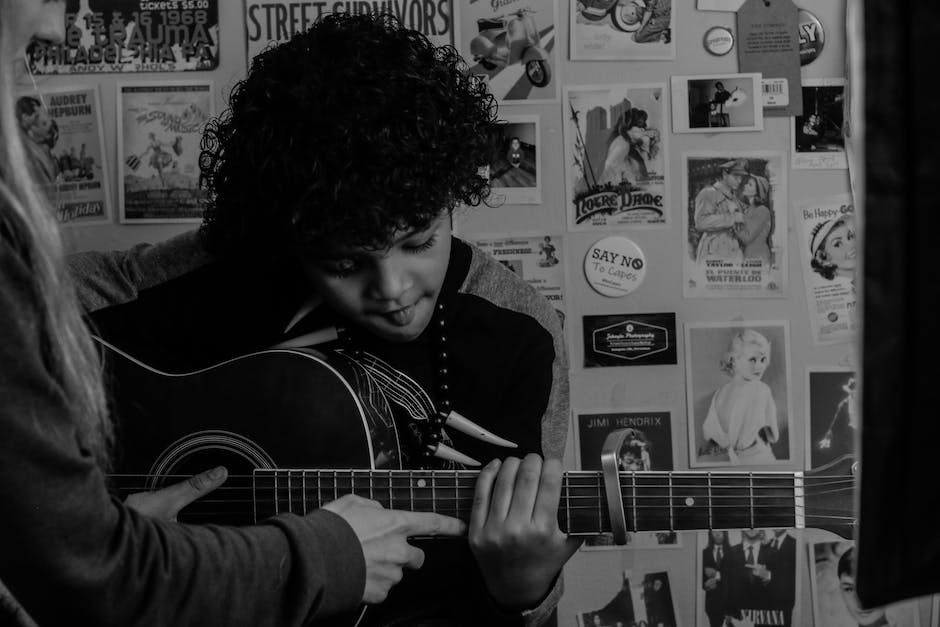Teaching Art to the Visually Impaired
When it comes to teaching art to the visually impaired, it is important to remember that art is a visual language. Without sight, it can be difficult for those with visual impairments to understand the concepts and techniques associated with art. Therefore, it is important to take a more creative approach to teaching art to the visually impaired.
Understand the Needs of Visually Impaired Learners
Before teaching art to the visually impaired, it is important to understand their needs. Those with visual impairments may have difficulty perceiving color, light, and shapes. They may also have difficulty understanding concepts such as perspective, scale, and composition. Therefore, it is important to take into account these challenges when teaching art to the visually impaired.
Adapt the Materials to the Learners’ Needs
When teaching art to the visually impaired, it is important to adapt the materials to their needs. For example, instead of using traditional painting materials, use tactile materials such as clay, wood, and fabric. These materials are easier for those with visual impairments to manipulate and can provide a more meaningful learning experience. Additionally, provide tactile models and diagrams that can help the learner understand the concepts and techniques associated with art.
Make Use of Other Senses
When teaching art to the visually impaired, it is important to make use of other senses. For example, use music and sound to provide a more sensory experience. Music can help the learner understand the concepts and techniques associated with art. Additionally, use scents, textures, and vibrations to provide a more sensory experience.
Encourage Exploration and Expression
When teaching art to the visually impaired, it is important to encourage exploration and expression. Allow the learner to experiment with different materials and techniques. Encourage them to express themselves through art. This can help the learner develop a greater appreciation for art and can help them gain a better understanding of the concepts and techniques associated with art.
Teaching Music to the Hearing Impaired
When it comes to teaching music to the hearing impaired, it is important to remember that music is a language. Without hearing, it can be difficult for those with hearing impairments to understand the concepts and techniques associated with music. Therefore, it is important to take a more creative approach to teaching music to the hearing impaired.
Understand the Needs of Hearing Impaired Learners
Before teaching music to the hearing impaired, it is important to understand their needs. Those with hearing impairments may have difficulty perceiving sound, pitch, and rhythm. They may also have difficulty understanding concepts such as melody, harmony, and composition. Therefore, it is important to take into account these challenges when teaching music to the hearing impaired.
Adapt the Materials to the Learners’ Needs
When teaching music to the hearing impaired, it is important to adapt the materials to their needs. For example, instead of using traditional musical instruments, use tactile instruments such as drums, xylophones, and maracas. These instruments are easier for those with hearing impairments to manipulate and can provide a more meaningful learning experience. Additionally, provide tactile models and diagrams that can help the learner understand the concepts and techniques associated with music.
Make Use of Other Senses
When teaching music to the hearing impaired, it is important to make use of other senses. For example, use visuals and tactile objects to provide a more sensory experience. Visuals such as colors, shapes, and patterns can help the learner understand the concepts and techniques associated with music. Additionally, use scents, textures, and vibrations to provide a more sensory experience.
Encourage Exploration and Expression
When teaching music to the hearing impaired, it is important to encourage exploration and expression. Allow the learner to experiment with different instruments and techniques. Encourage them to express themselves through music. This can help the learner develop a greater appreciation for music and can help them gain a better understanding of the concepts and techniques associated with music.
Teaching art and music to the visually and hearing impaired can be a challenging but rewarding experience. It is important to understand the needs of the learners and adapt the materials to their needs. Additionally, make use of other senses and encourage exploration and expression. With the right approach, it is possible to teach art and music to the visually and hearing impaired in a meaningful and enjoyable way.

